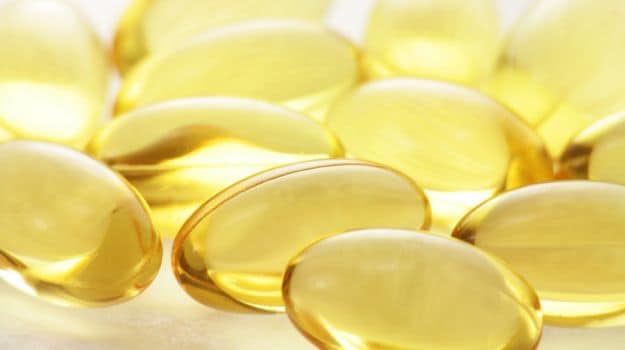Abstract
Vitamin E supplementation improves liver histology in patients with nonalcoholic steatohepatitis, which is a manifestation of the metabolic syndrome (MetS). We reported previously that α-tocopherol bioavailability in healthy adults is higher than in those with MetS, thereby suggesting that the latter group has increased requirements. We hypothesized that α-tocopherol catabolites α-carboxyethyl hydroxychromanol (α-CEHC) and α-carboxymethylbutyl hydroxychromanol (α-CMBHC) are useful biomarkers of α-tocopherol status. Adults (healthy or with MetS; n = 10/group) completed a double-blind, crossover clinical trial with four 72-h interventions during which they co-ingested 15 mg hexadeuterium-labeled RRR-α-tocopherol (d6-α-T) with nonfat, reduced-fat, whole, or soy milk. During each intervention, we measured α-CEHC and α-CMBHC excretions in three 8-h urine collections (0-24 h) and plasma α-tocopherol, α-CEHC, and α-CMBHC concentrations at various times ≤72 h. Conclusion, urinary α-CEHC and α-CMBHC are useful biomarkers to noninvasively assess α-tocopherol adequacy, especially in populations with MetS-associated hepatic dysfunction that likely impairs α-tocopherol trafficking.
Read More


